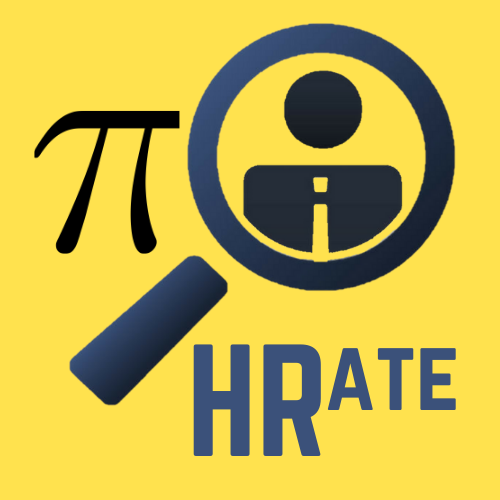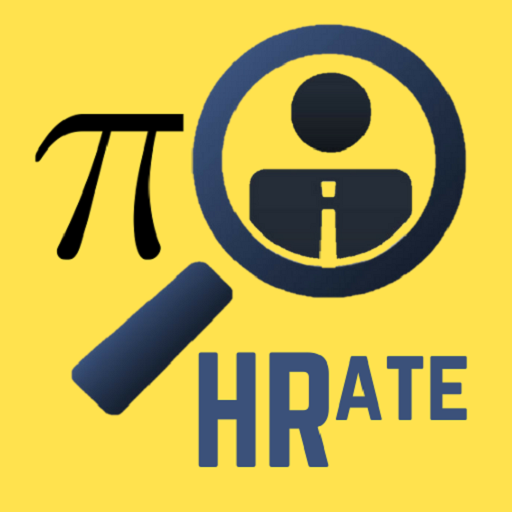Recruitment Process Automation (RPA) involves the use of technology and software to automate various repetitive and manual tasks within the recruitment process, with the overarching goal of enhancing efficiency, reducing time-to-fill, and improving the overall candidate experience. Here are key components associated with Recruitment Process Automation:
- Resume Screening:
- Implementing automated tools to screen and analyze resumes, leveraging algorithms to match candidate qualifications with job requirements. This accelerates the initial screening phase and identifies top candidates more efficiently.
- Application Tracking Systems (ATS):
- Utilizing ATS software to automate the tracking and management of candidate applications throughout the recruitment lifecycle. ATS streamlines processes, improves collaboration among team members, and ensures compliance with hiring workflows.
- Interview Scheduling:
- Introducing automated scheduling tools that allow candidates to choose interview slots based on real-time availability, reducing manual coordination efforts for recruiters and candidates alike.
- Chatbots for Initial Interaction:
- Deploying chatbots to handle initial interactions with candidates, answering frequently asked questions, collecting basic information, and providing insights into the organization’s culture and application process.
- Candidate Engagement:
- Implementing automated communication workflows, including email campaigns and personalized messaging, to keep candidates informed about their application status, upcoming interviews, and other relevant updates.
- Reference Checking:
- Streamlining the reference-checking process through automated tools that solicit feedback from previous employers or colleagues. This helps in gathering comprehensive insights into a candidate’s suitability for the role.
- Onboarding Automation:
- Extending automation to the onboarding process by leveraging technology to facilitate the completion of necessary paperwork, compliance training, and other onboarding tasks, ensuring a smooth transition for new hires.
- Data Analytics for Decision-Making:
- Incorporating data analytics tools to analyze recruitment data, providing valuable insights into the effectiveness of various recruitment strategies, source performance, and areas for improvement.
- Integration with Job Boards and Social Media:
- Integrating automation tools with job boards and social media platforms to post job openings, track application sources, and ensure a consistent and cohesive employer brand across different channels.
- Customized Workflows:
- Designing and implementing customized automation workflows that align with the specific needs and processes of the organization. This may include tailored automation for different roles, departments, or geographic locations.
- Compliance Tracking:
- Automating compliance tracking and reporting to ensure that the recruitment process adheres to legal and regulatory requirements. This includes managing diversity initiatives and preventing biases in hiring decisions.
- Cost and Time Efficiency:
- Realizing cost and time savings by reducing manual efforts in repetitive tasks, allowing recruiters to focus on strategic aspects of talent acquisition, such as relationship-building and candidate experience.
Recruitment Process Automation not only streamlines administrative tasks but also enhances the overall recruitment experience for both candidates and hiring teams. By leveraging technology to handle routine processes, recruiters can allocate more time to strategic activities, fostering a more efficient and candidate-centric recruitment process.



